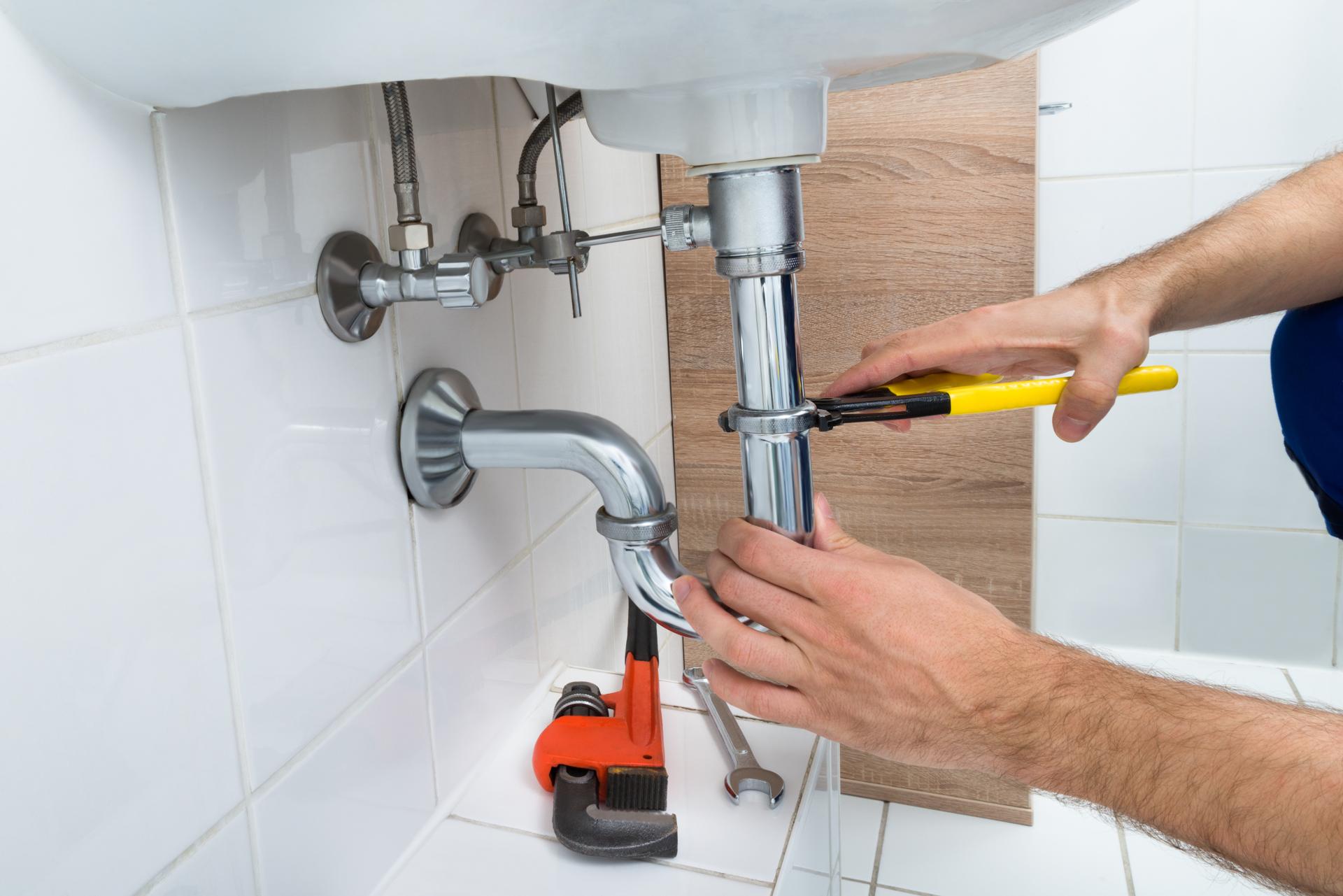When Should You Replace Your Plumbing and What to Expect During the Process

Plumbing is an essential part of every home and provides us with safe water for drinking, cooking, and for cleaning, as well in the process of disposing of wastewater. Like any other system in your home, plumbing will eventually wear out and require replacement.
Knowing when it’s time to change your plumbing system is vital to prevent costly repairs and prevent health hazards. This article will discuss the signs that suggest your plumbing needs to be replaced, factors to consider prior to replacing your plumbing the process of replacing your plumbing as well as the benefits of replacing your plumbing, and a FAQ section to address any concerns you may have.
The signs that it’s time to replace your plumbing
There are many indications that the plumbing in your home needs to be replaced, for example: Leaks When you notice water spots or puddles in your home, it’s a indication of a plumbing leak. Leaks can cause significant damage to your home’s structure and may lead to mold growth, so it’s essential to address them promptly. Rusty pipes: Rusty pipes are an obvious sign that your plumbing requires to be repaired or replaced. Rust can contaminate the water you drink and make it unsafe to drink or cook with. Low water pressure: If your showerheads and faucets produce weak flow of water It’s an indication of low pressure in the water, which is caused by corrosion of pipes or blockages. Water discoloration: Water that is discolored like yellow or brown, is the result of rust or sediment buildup within your pipes. This could affect the flavor and quality of your water and may suggest the need for the replacement of your plumbing.
Factors to Consider Before Replacing Plumbing
When replacing your plumbing, there are many aspects to take into consideration, such as: Age of the plumbing system: Plumbing systems can are designed to last around 50 years, so should your home be older than that, it’s likely time for a replacement. Cost of replacement replacing your plumbing could be costly, and it’s essential to budget for the expense. In the event of a plumbing problem that is severe If the plumbing problems are extensive and affecting several areas of your house replacing it could be the best choice.
What to Expect During the Plumbing Replacement Process
The replacement of plumbing requires many steps, such as closing off water flow: Your plumber will need to shut off the water supply to your house to avoid any water damage or leaks. Removing old pipes: Old pipes will need to be removed. This could require cutting into walls or floors. Installing new pipes New pipes are installed, which might require rerouting to ensure proper water flow. The length of time for replacing the plumbing will depend on the size of your property and the difficulty of the job. Homeowners can expect some disruption throughout the process, such as water shut-offs as well as destruction to floors and walls.
Benefits of Replacing Plumbing
Replacing your plumbing offers several advantages, such as: Increased water efficiency Plumbing fittings and pipes have higher efficiency, reducing your water usage and lowering the cost of your utilities. Better water quality: Replacing old, corroded pipes with new ones can improve the quality of your water, making it safer to drink and cooking. Lower risk of plumbing problems The new plumbing will be less likely to create blockages or leaks, thus reducing the requirement for costly repairs in the future.
Conclusion
Removing your plumbing is a major expense, but it’s necessary to ensure the safety of your home and security. When you are aware of the signs that indicate your plumbing needs replacing, taking into consideration the elements that influence replacement and knowing what to expect during the plumbing replacement process, you will be able to make an informed decision regarding your home’s plumbing. Be aware that replacing your plumbing will provide many benefits, including increased efficiency of water, better water quality and less risk of future plumbing problems.
FAQ Section
How much does it cost to replace plumbing?
The cost to replace your plumbing will be contingent on a variety of factors, including the dimensions of your house, the complexity of the task, as well as the type of materials employed. In the average, homeowners can expect to shell out between $5,000 and $10,000 for a complete plumbing replacement.
How long does it take to replace plumbing?
The length of time needed for plumbing repair will vary based in the area of the house as well as the complexity of the task. A typical whole-house plumbing replacement can take between two and four weeks.
Should I replace my plumbing system if there is a leak?
If you only have one pipe leak system, it may not need a full replacement. However, if you’re experiencing multiple leaks or observe other indications of plumbing issues, a replacement may be the best option.
Do I have the ability to replace my plumbing myself?
Replacing your plumbing is a complex task that should be left to a professional plumber. If you attempt to replace your plumbing yourself can result in costly mistakes and potential security risks.
What type of pipes will I need for my plumbing replacement?
There are many types of plumbing pipes for replacement, such as copper, PVC, and PEX. Your plumber can suggest the most appropriate kind of pipe based on your needs and budget. To conclude, the replacement of your plumbing system is a significant decision to make with careful consideration. When you know the signs that tell you that your plumbing is in need of replacement, taking into consideration the elements that influence replacement, and knowing what to expect during the replacement process, you will be able to make an informed choice about your home’s plumbing. A qualified plumber will assist you in the procedure and ensure an efficient and successful plumbing replacement.
